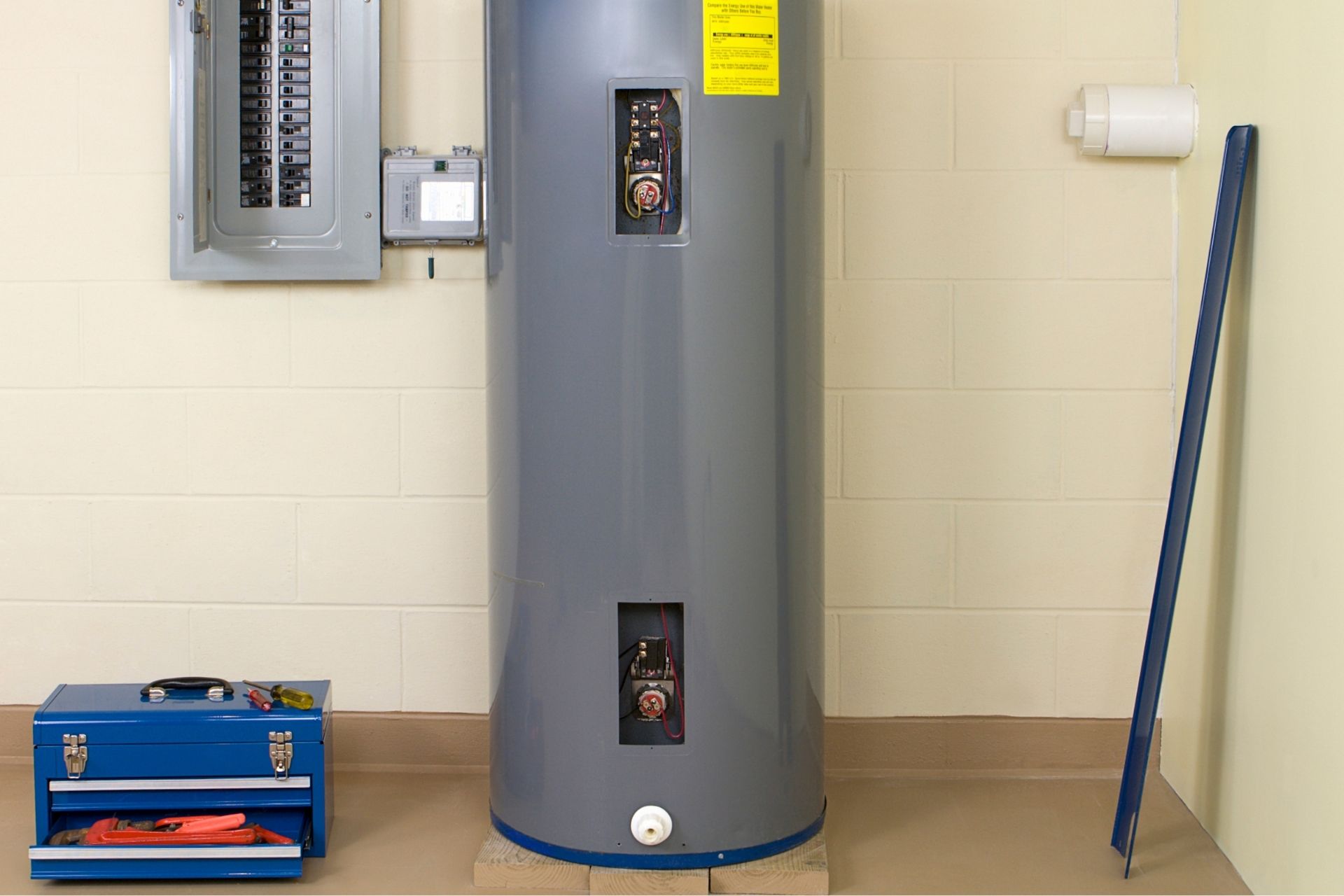We've found this post involving What Kind of Maintenance Do Water Heaters Need? directly below on the internet and believe it made good sense to talk about it with you on this page.

Hot water is vital for day-to-day comfort, whether it's for a rejuvenating shower or cleaning recipes. To ensure your warm water system runs successfully and lasts longer, routine upkeep is vital. This article offers practical ideas and understandings on just how to maintain your home's warm water system to stay clear of disruptions and expensive repair work.
Intro
Preserving your home's warm water system could appear overwhelming, yet with a couple of straightforward steps, you can guarantee it operates efficiently for several years ahead. This guide covers whatever from recognizing your hot water system to DIY maintenance tips and understanding when to call in professional assistance.
Importance of Maintaining Your Hot Water System
Regular maintenance not only extends the life expectancy of your hot water system but additionally ensures it operates effectively. Disregarding maintenance can result in reduced efficiency, higher energy expenses, and even premature failure of the system.
Signs Your Warm Water System Needs Maintenance
Knowing when your hot water system requires attention can prevent significant concerns. Watch out for signs such as inconsistent water temperature level, strange noises from the heater, or rusty water.
Flushing the Hot Water Heater
Flushing your hot water heater eliminates debris build-up, enhancing effectiveness and prolonging its life.
Monitoring and Changing Anode Rods
Anode rods avoid rust inside the tank. Inspecting and changing them when broken is critical.
Complicated Problems Calling For Expert Assistance
Examples consist of significant leaks, electric issues, or if your water heater is regularly underperforming.
Routine Specialist Maintenance Advantages
Professional maintenance can consist of extensive examinations, tune-ups, and making sure compliance with safety and security requirements.
Examining and Readjusting Temperature Level Setups
Changing the temperature setups makes certain ideal performance and safety.
Do It Yourself Tips for Upkeep
You can execute a number of upkeep jobs yourself to keep your warm water system in top problem.
Looking for Leaks
On a regular basis inspect pipes and links for leaks, as these can bring about water damages and higher costs.
Recognizing Your Warm Water System
Before diving right into maintenance tasks, it's helpful to comprehend the standard parts of your hot water system. Commonly, this consists of the hot water heater itself, pipes, anode poles, and temperature level controls.
Month-to-month Maintenance Tasks
Regular regular monthly checks can aid catch small issues prior to they rise.
Testing Stress Relief Valves
Testing the stress safety valve guarantees it operates properly and prevents excessive pressure accumulation.
Insulating Pipelines
Insulating hot water pipelines decreases warmth loss and can conserve energy.
When to Call a Professional
While DIY maintenance is useful, some concerns call for professional experience.
Final thought
Normal maintenance of your home's warm water system is important for effectiveness, durability, and cost savings. By complying with these tips and knowing when to look for specialist help, you can guarantee a trusted supply of warm water without unforeseen interruptions.
How to Maintain an Instant Hot Water Heater
Before tinkering with your hot water heater, make sure that it’s not powered on. You also have to turn off the main circuit breaker and shut off the main gas line to prevent accidents. Also turn off the water valves connected to your unit to prevent water from flowing into and out of the appliance. 2. When you’re done, you have to detach the purge valves’ caps. These look like the letter “T” and are situated on either side of the water valves. Doing so will release any pressure that has accumulated inside the valves while at the same time avoid hot water from shooting out and burning your skin. 3. When the purge valves’ caps are removed, you have to connect your hosing lines to the valves. Your unit should have come with three hoses but if it didn’t, you can purchase these things from any hardware or home repair shops. You can also get them from retail stores that sell water heating systems. Read the user’s manual and follow it to complete this task properly. When the hosing lines are connected, open the purge port’s valves. 4. You should never use harsh chemical cleaners or solutions when cleaning your unit. Make use of white vinegar instead. It should be undiluted and you’ll probably use about 2 gallons. 5. Now flush your water heater. This task should probably take about 40 minutes. We can’t give you specific directions for this because the procedure is carried out depending on the type, model and brand of your heater. With that being said, refer to the user’s manual. 6. When you’re done draining the unit, you have to turn off the purge port valves again. Remove the hosing lines that you earlier installed on each of the water valves. Put the valve caps (purge port) back in their respective places and be very careful so as not to damage the rubber discs that are found inside these caps. 7. Now that everything’s back in place, check your user’s manual again to find out how to reactivate your water heating system. 8. Once it is working, turn one of your hot water faucets on just to let air pass through the heater’s water supply pipes. Leave the tap on until water flows smoothly out of it. https://www.orrplumbing.com/blog/2014/september/how-to-maintain-an-instant-hot-water-heater/

I hope you liked our part on How to Maintain Your Water Heater & Prolong its Life. Many thanks for taking time to read through our piece of content. Enjoyed reading our posting? Please share it. Help other people discover it. We cherish your readership.
Prices & Booking